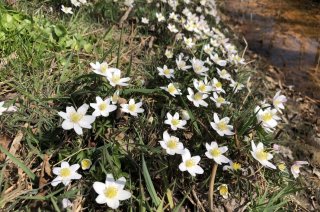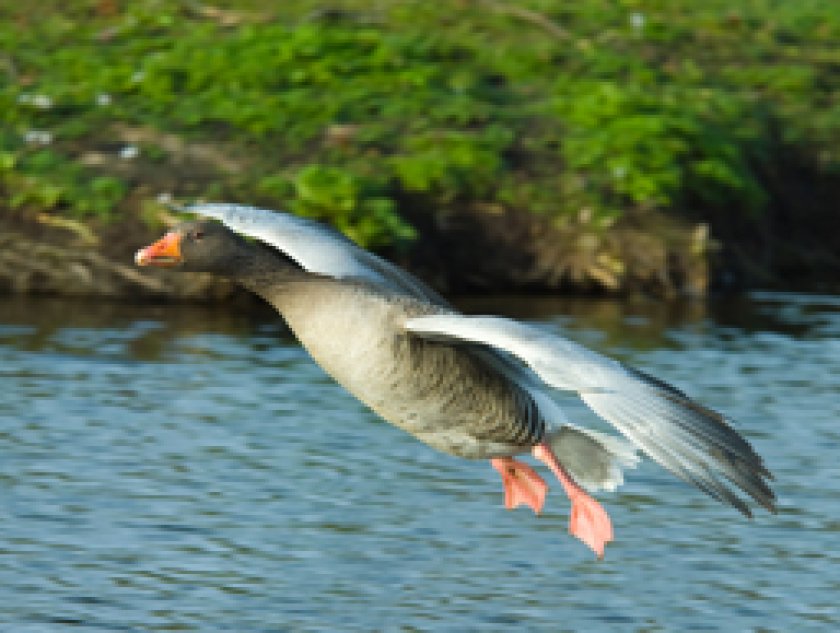
Project
De Natuurkalender
De Natuurkalender allows citizens to detect the impact of climate change through their ‘backyard’. The Nature’s Calendar project shows how the timing of our seasons is changing due to the increase in temperature.
A snapshot of the project

Nature’s Calendar is a national citizen science project that aims to monitor, analyse, forecast and communicate the timing of yearly recurring life cycle events.
In addition, this citizen science project has three main objectives. The first is to determine the impact of changes in the timing on society. The second is to develop and implement tools and methodologies that allow society to adapt to changes in the timing. While the third one is to increase the awareness on changes in climate and changes in biodiversity.
Nature’s Calendar is a citizen science project wherein the general public is asked to participate in the research of climate change by monitoring phenological events like the start of flowering, leaf unfolding, leaf colouring, leaf fall and the first appearance of migratory birds, butterflies or dragonflies. Over the years many thousands of people participated. In addition, hundreds of school children participated in the research in the context of the GLOBE program. The observers report their phenological observations via natuurkalender.nl. The observations are visualized via the website. The Nature’s Calendar project has a strong focus on the societal relevance and resulted in several spin-off citizen science projects like Tekenradar.nl, Muggenradar.nl, and GrowApp.today.
The results of the project
The Nature’s Calendar outcomes shows that due to the increase in temperature the length of the growing season is almost one month longer compared to the situation fifty years ago. As to the project involves thousands of people, it was able to give a clear view on how the timing of phenological events are changing in all parts of the country.
In order to inform the general public and the citizen scientists about the outcomes of the projects, regularly updates on the results are elaborated and published in nature reports on Nature Today.
The visible impact of the Nature’s Calendar project is twofold. Firstly, the project was able to show society in general that climate change is impacting nature everywhere, even in our own backyard. Because the topic is relatively easy to observe, it is also ‘easy’ to communicate and demonstrate to society. Secondly, the project team built the network on the basis of citizen science networks that were in operation between 1868 and 1968. As a result, we could clearly demonstrate the changes that took place since this reference period.